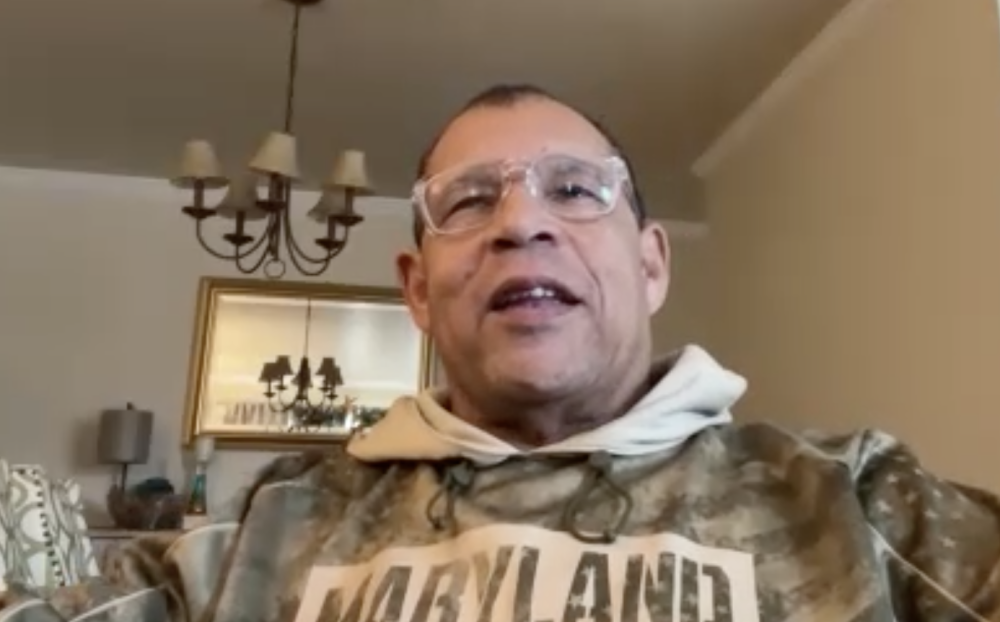A year ago, Orioles second baseman Jonathan Schoop was on his way to his first All-Star Game and having the best season of his young career.
His improvement coupled with the first-half struggles of Manny Machado even prompted debate over which infielder would be the better long-term investment relative to their projected prices on the open market. Of course, that was before the Orioles’ September collapse that carried right into 2018 with Baltimore owning the worst record in the majors and needing to face the reality of rebuilding.
Trading Machado and other pending free agents Adam Jones, Zach Britton, and Brad Brach isn’t debatable; it simply must be done. Determining who will make the final call on the returns for these players is another story, of course, with the organization lacking any public semblance of stability at the top.
As for on-field failures, no one has received more blame than Chris Davis, the highest-paid player in the history of the club who’s become arguably the worst everyday player in all of baseball, a sentiment driven by data as much as emotion at this point. But harping about his failures is feeling more and more like wasted breath as the $161 million has been spent, whether he’s allowed to continue languishing at first base for the next four seasons or not. Davis isn’t the only player who’s performed poorly in 2018, but his historic decline has essentially swallowed up any extensive conversation about the struggles of others.
At the top of that secondary list is what has happened to Schoop, who was supposed to represent a pivot point in determining just how extensive this rebuild will be. Dealing Machado and others scheduled to become free agents at the end of 2018 is obvious, but Schoop is scheduled to become a free agent at the end of next year. The fear with the 26-year-old second baseman was repeating the same mistake made with Machado by neither signing him to a long-term extension nor maximizing the return value in a trade. That dilemma has been complicated by Schoop having his worst season since he was a rookie in 2014.
What’s gone wrong?
The discussion begins with the right oblique strain he suffered in Boston in mid-April. He missed more than three weeks of action and it’s the kind of injury that can linger if not treated carefully, but he’s been back for a month and is batting just .232 with five home runs, 15 runs batted in, and a .632 on-base plus slugging percentage on the season. Only Schoop can say whether he’s fully healthy or not, and he’s given no indication that the oblique is still bothering him.
Before going on the disabled list April 14, Schoop was batting .230 with a .610 OPS in 65 plate appearances. It was clearly a rough start in a limited sample, but that came after he had batted .321 with six homers and a 1.081 OPS in 53 Grapefruit League at-bats. Nothing meaningful should be gleaned from spring training numbers, of course, but there certainly wasn’t a red flag to try to take away, either. It’s worth noting Schoop batted just .230 with two long balls and a .590 OPS last September, easily the worst month of 2017 for the man who was worth 5.2 wins above replacement and was voted the club’s most valuable player in his fourth full season in the majors.
His .276 batting average on balls in play in 2018 suggests some bad luck compared to his .319 BABIP over the previous three seasons, but Schoop isn’t hitting the ball as hard as he did in previous seasons. His average exit velocity of 85.2 miles per hour is well below his 87.8 average a year ago and 87.7 career mark from the time Statcast data became available in 2015. According to FanGraphs, Schoop is making hard contact just 22.5 percent of the time compared to 36.1 percent last year and 30.3 percent for his career. He’s also hitting fewer line drives — 14.8 percent compared to 18.5 percent for his career — and his homer-to-fly ball ratio is just 9.8 percent, markedly worse than his 15.4 percent for his career.
Even if the oblique injury has impacted his batted-ball profile, that doesn’t explain the regression of Schoop’s plate discipline. It’s no secret that he came to the majors as a free-swinging hitter and walked just 13 times in his 481 plate appearances (2.7 percent) as a rookie in 2014, but Schoop had gradually improved his walk rate every year until earning a free pass in 5.2 percent of his plate appearances last season. That hardly made him a “patient” hitter compared to the average major league walk rate of 8.5 percent, but the young hitter was more consistently having good at-bats and taking advantage of better pitches to hit than he had in previous years.
Schoop’s walk rate has plummeted to a career-worst 2.3 percent in 2018, swinging more frequently in general and swinging at more pitches outside the strike zone than he did last season, according to FanGraphs. Walking just four times in 176 plate appearances would give him the second-worst walk rate in the majors if he currently qualified in the rankings.
Known as one of the better off-speed and breaking-ball hitters on the team entering 2018, Schoop is batting just .143 with no homers against changeups and curveballs after hitting a combined .312 with 12 of his 32 homers against those two offerings last season. As you’d expect based on his overall numbers, he’s struggled against the other pitch types as well.
None of this is to suggest putting Schoop in the same category as Davis and his current struggles are nothing a three-week tear couldn’t remedy, but following a career year with his worst non-rookie campaign is neither helping his trade value nor creating more urgency to lock him up to a long-term deal — even if there were any evidence suggesting those efforts were being made. The optimist would say he might be more inclined to sign a team-friendly deal during a down season, but it’s still difficult imagining Schoop giving a meaningful discount so close to free agency, especially given the Orioles’ current turmoil.
Unlike when Machado was struggling a year ago, Schoop’s overall body of work and career 10.0 WAR isn’t as impressive to justify doing whatever it takes financially to lock him up. In the same way that the Orioles followed Nelson Cruz’s departure by overpaying Davis with a seven-year contract, you don’t want to reach too far to keep Schoop simply because you failed to retain Machado.
To be clear, this dilemma would still be difficult if Schoop were having a season more closely resembling what he did in 2017, but then the options of trading him for a strong return to further jump-start a rebuild or extending him to signal some long-term stability around which to build would be much more appealing. Two months ago, you could have easily made an argument that more than a year’s worth of Schoop would have fetched more in a trade than a two-month rental of Machado, but the play of these close friends has gone in opposite directions in 2018.
And it’s just another source of frustration for an organization staring at a bleak future.


























